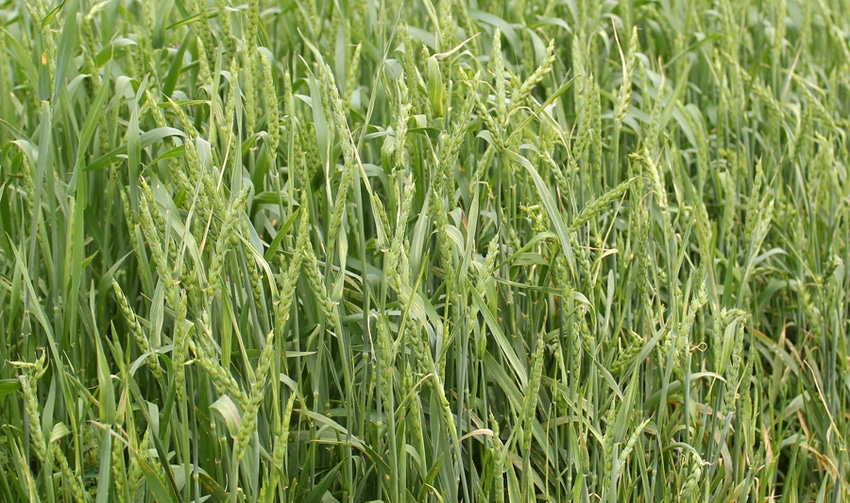April 9, 2012

Commentary from Dr. Gene Milus on wheat foliar diseases
The combination of adult-plant resistance, fungicides, and warm, dry weather has slowed stripe rust development during the past two weeks. However, favorable temperatures for stripe rust are forecast for the next week or so, and stripe rust likely will increase in fields of susceptible (Progeny 117, Progeny 185, Dyna-Gro Baldwin, Pioneer 26R22, Syngenta Arcadia, Hornbeck 3266, AGS CL-7, Croplan Genetics 554W, and Roane) and very susceptible (Croplan Genetics 514W and Armor Renegade) varieties that have not been sprayed with a fungicide recently. Earlier rather than later fungicide applications are more effective against stripe rust, and any applications for stripe rust should be applied no later than heading stage. To help identify new races of stripe rust, Gene Milus is interested in knowing about significant stripe rust on any variety not listed above. Contact him at (479) 575-2676 or [email protected].
Fusarium head blight Scab
An easy-to-use model for predicting the risk of scab can be accessed at http://www.wheatscab.psu.edu/riskTool_2012.html. The model uses weather data for the 7 days before flowering to predict the risk of a scab epidemic. Users simply need to select the model for winter wheat, the state of Arkansas, and the flowering date. The model produces a colored map indicating the risk for a scab epidemic. Individual weather stations from the map can be selected to see weather data from that station and a scab prediction derived using a second model. The two models may give different results because they use different data to make the predictions. Recent rains across southern Arkansas have made conditions more favorable for scab, but most wheat in this region is past flowering stage. Northern Arkansas has been too dry for the Fusarium fungus to produce spores, so the risk here is low. Flowering stage is the most susceptible time for scab infection and the optimal time for applying Caramba (13 fl oz / A) or Prosaro (6.5 fl oz / A) fungicides to suppress scab. These fungicides also control all of the other foliar fungal diseases of wheat.
Other diseases
Septoria leaf blotch, Stagonospora leaf blotch, leaf rust, barley yellow dwarf and bacterial streak are common across Arkansas. Nothing can be done about barley yellow dwarf or bacterial streak at this time. If any of the other diseases appear to be progressing up to the flag or flag-1 leaves before flowering stage, a fungicide application should be considered if the yield potential of the field is high enough. All of the fungicides registered on wheat are effective against Septoria leaf blotch, Stagonospora leaf blotch, and leaf rust. Boot to early heading stages are generally the optimal time to apply a fungicide.
You May Also Like




